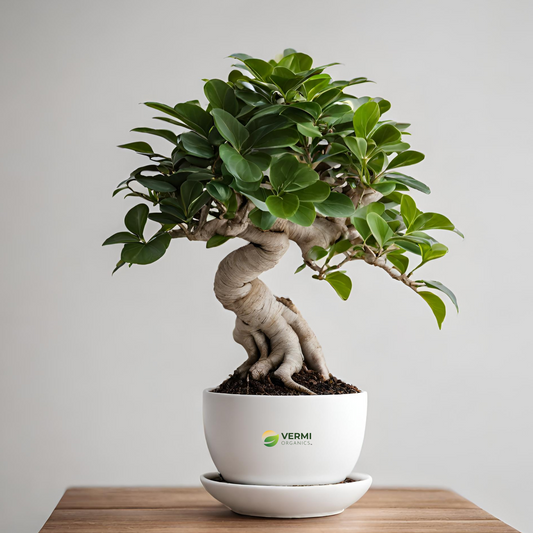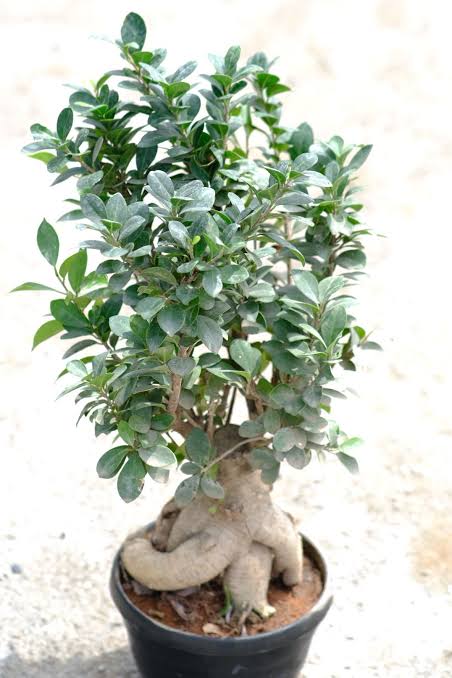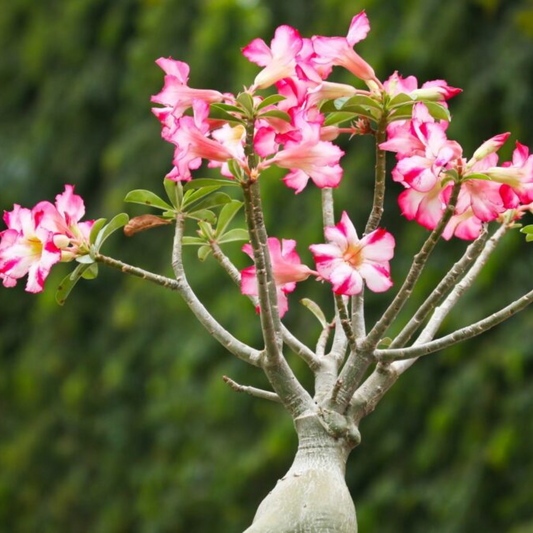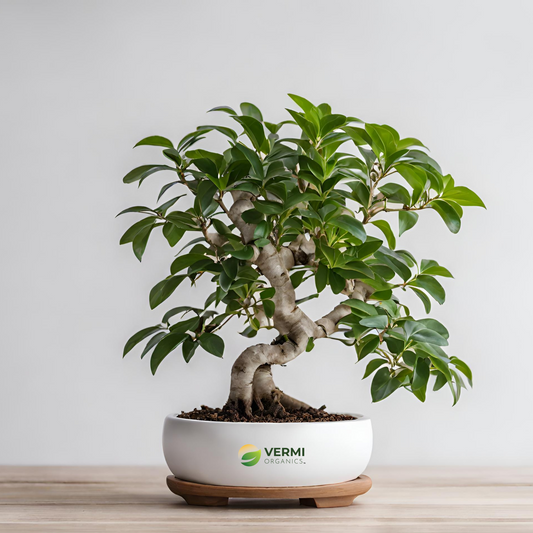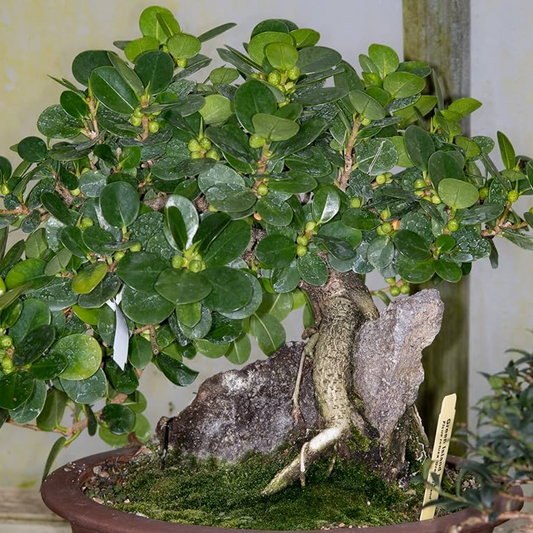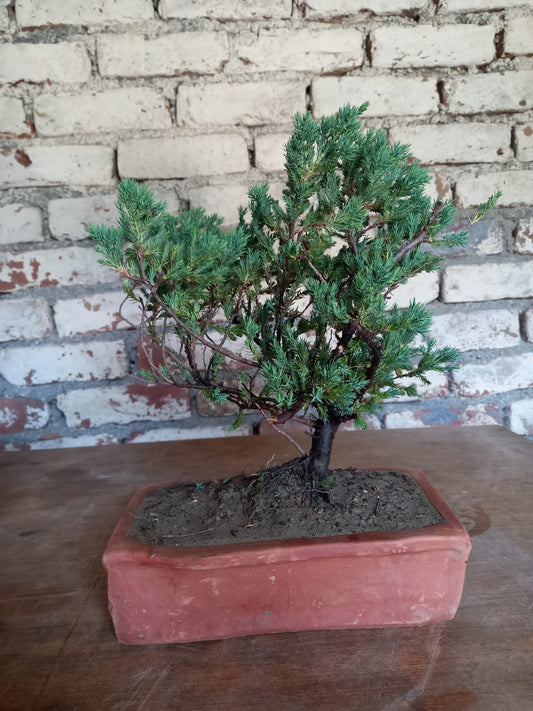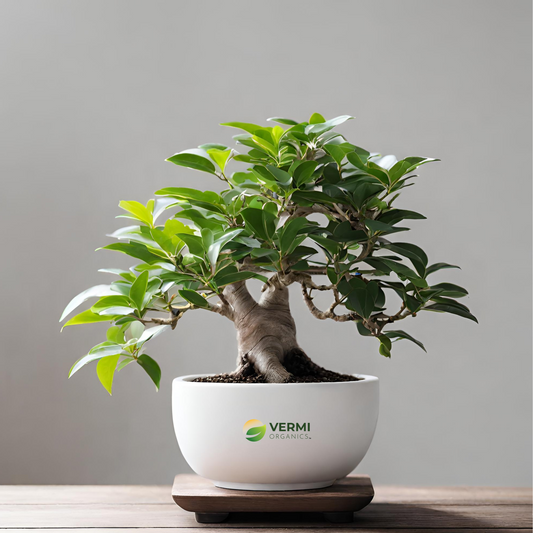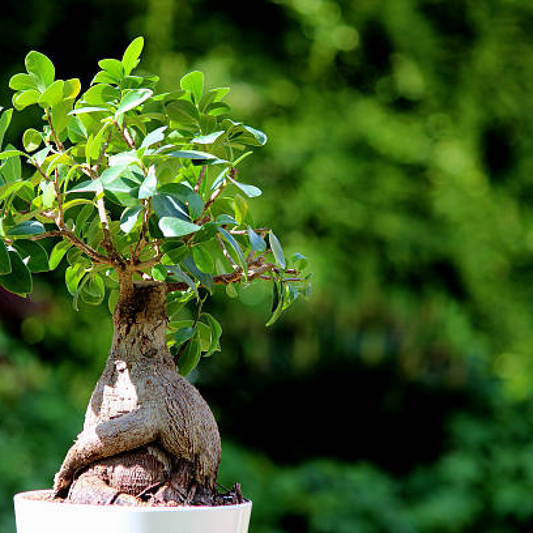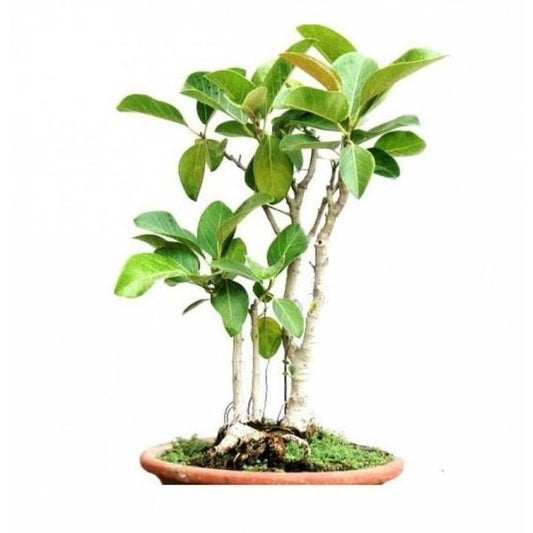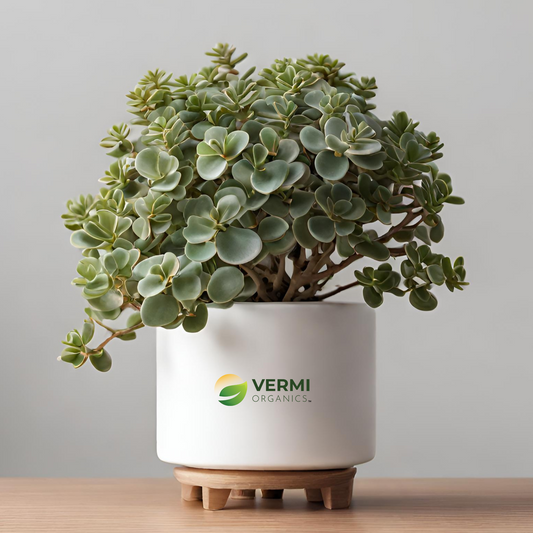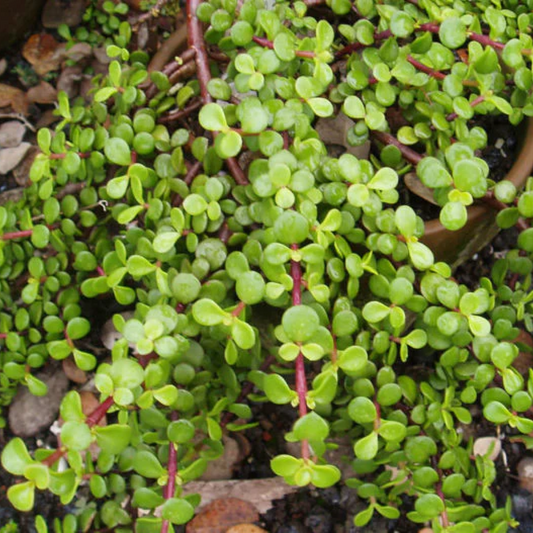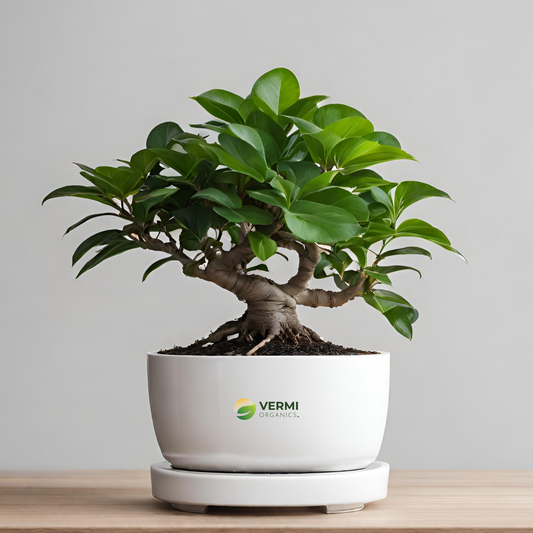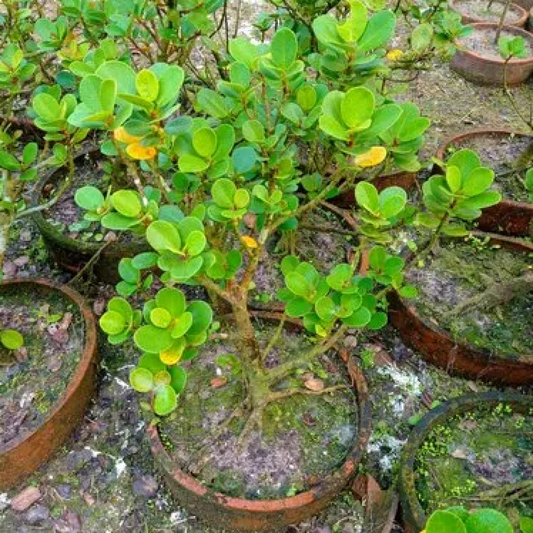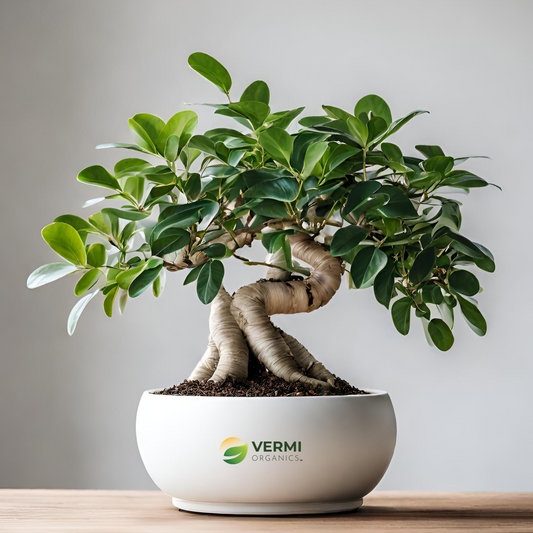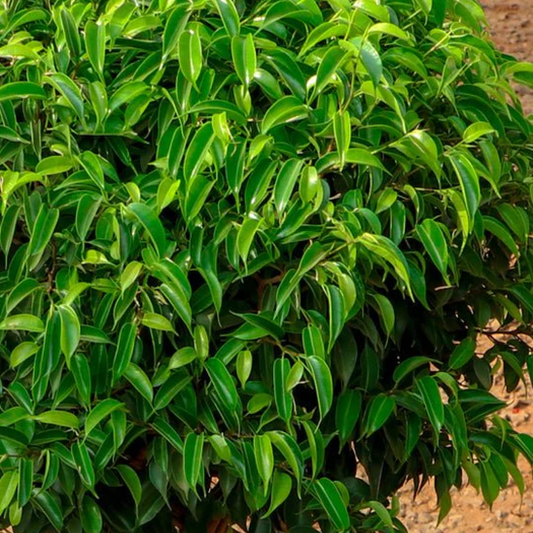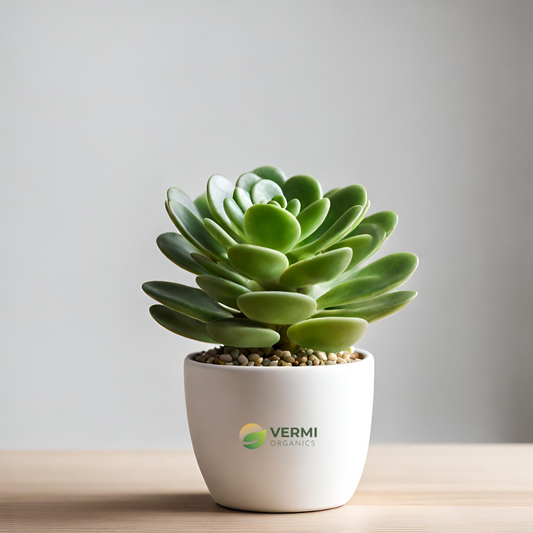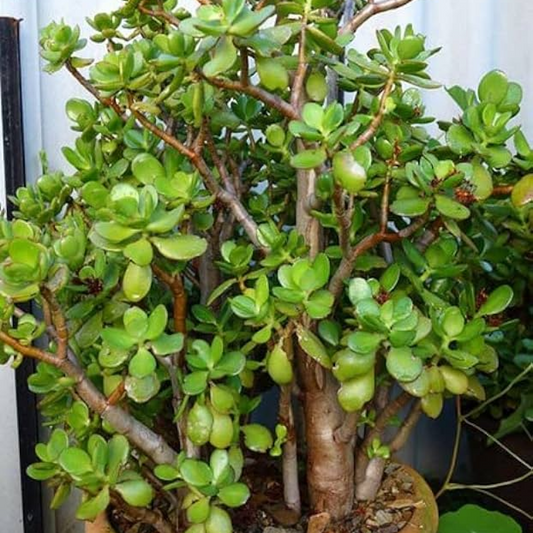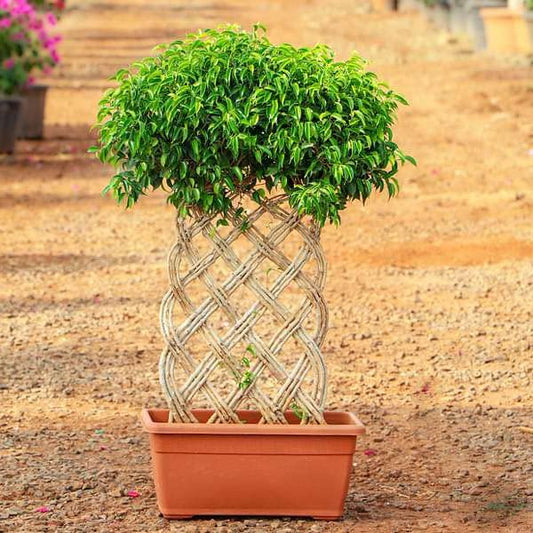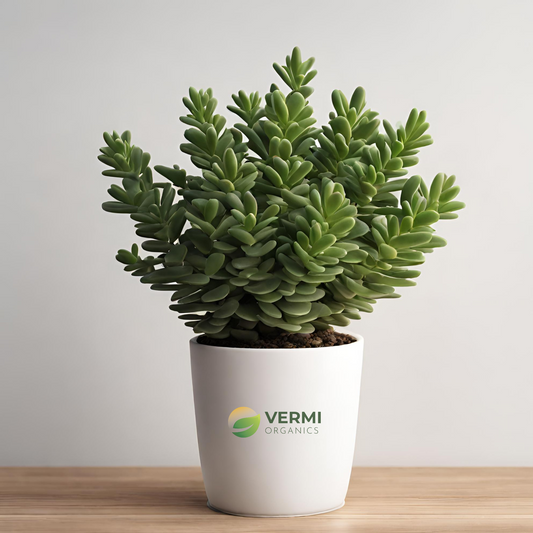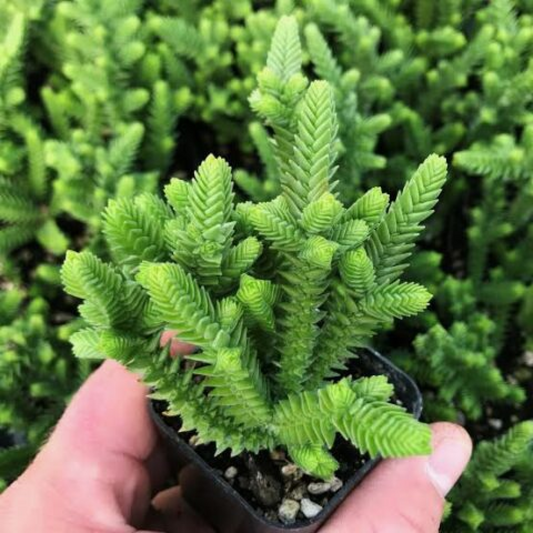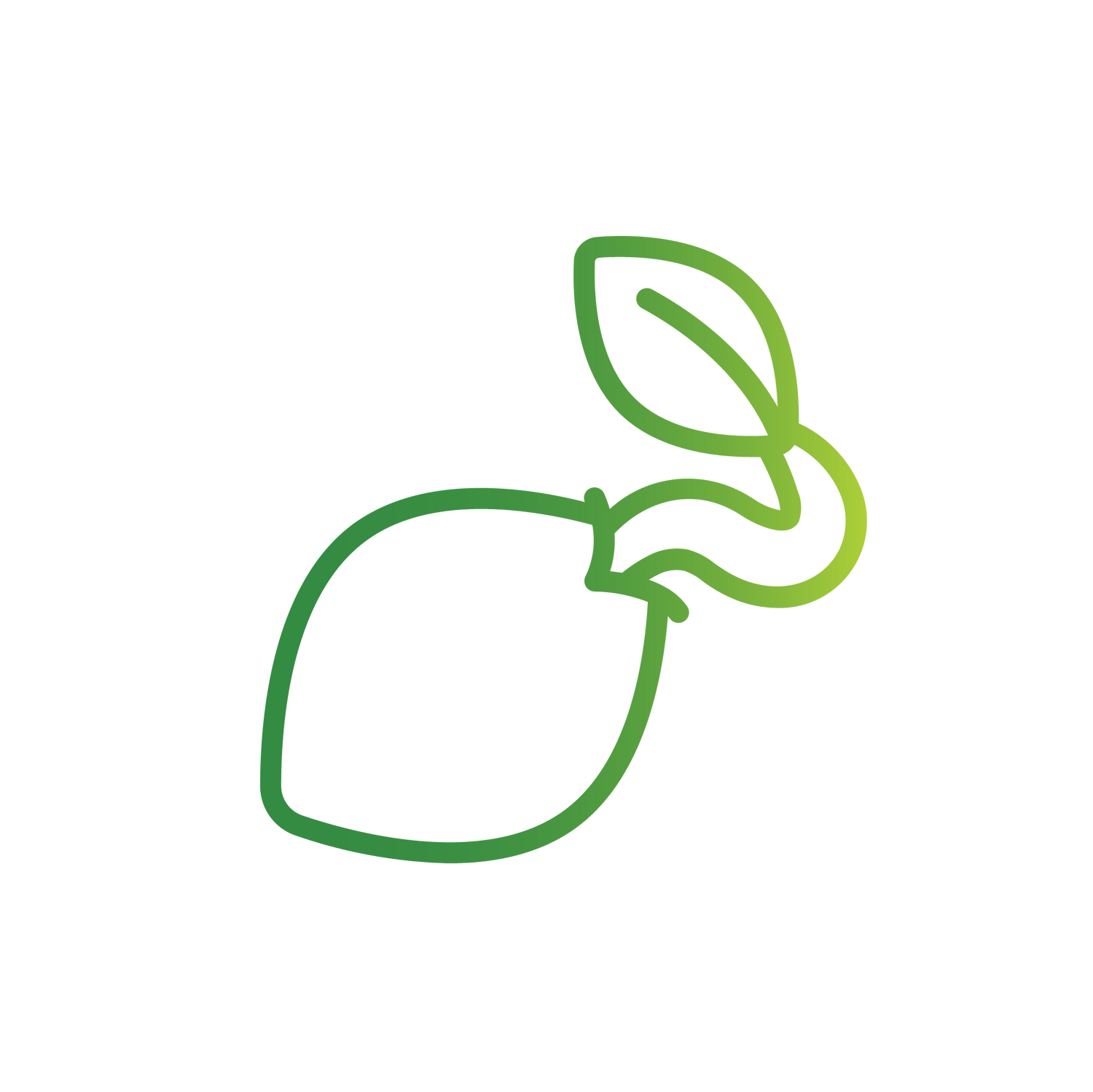Collection: Bonsai Plants
-
Ficus Microcarpa Bonsai- Plant 2 Feet
Regular price Rs. 1,999.00Regular priceUnit price / perRs. 2,499.00Sale price Rs. 1,999.00Sale -
Adenium (Obesum) - Plant
Regular price Rs. 999.00Regular priceUnit price / perRs. 1,099.00Sale price Rs. 999.00Sale -
Ficus Panda Bonsai - Plant
Regular price Rs. 1,299.00Regular priceUnit price / perRs. 850.00Sale price Rs. 1,299.00 -
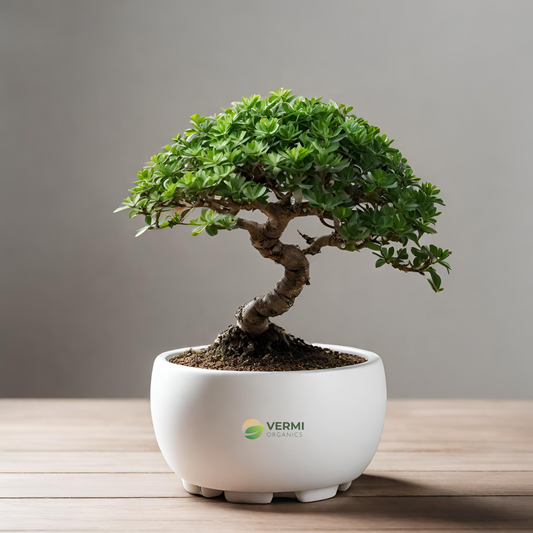
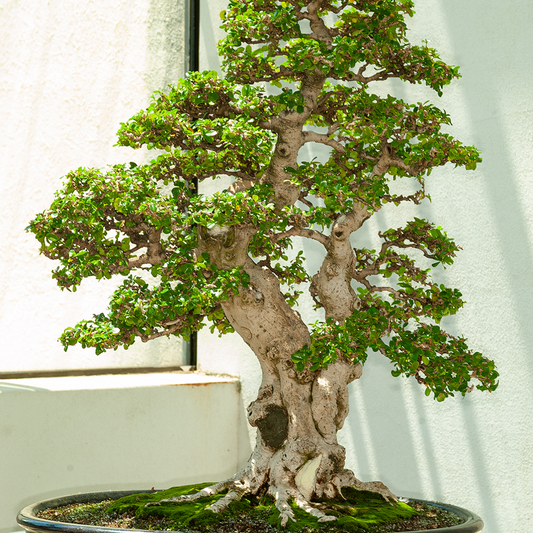 Sold out
Sold outCarmona Microphylla Bonsai - Plant
Regular price Rs. 599.00Regular priceUnit price / perRs. 699.00Sale price Rs. 599.00Sold out -
Silver cypress Bonsai - Plant
Regular price Rs. 10,000.00Regular priceUnit price / perRs. 11,000.00Sale price Rs. 10,000.00Sale -
Ficus Bonsai - Plant
Regular price Rs. 1,100.00Regular priceUnit price / perRs. 699.00Sale price Rs. 1,100.00 -
Banyan tree Bonsai - Plant
Regular price Rs. 2,999.00Regular priceUnit price / perRs. 3,999.00Sale price Rs. 2,999.00Sale -
Elephant bush, Portulacaria afra, Jade plant (Green) - Succulent Plant
Regular price Rs. 389.00Regular priceUnit price / perRs. 449.00Sale price Rs. 389.00Sale -
Ficus iceland Bonsai - Plant
Regular price Rs. 1,199.00Regular priceUnit price / perRs. 599.00Sale price Rs. 1,199.00 -
Ficus Bonsai Round Braided Arrangement - Plant
Regular price Rs. 4,999.00Regular priceUnit price / perRs. 5,500.00Sale price Rs. 4,999.00Sale -
Crassula ovata, Jade Plant - Succulent Plant
Regular price Rs. 389.00Regular priceUnit price / perRs. 449.00Sale price Rs. 389.00Sale -
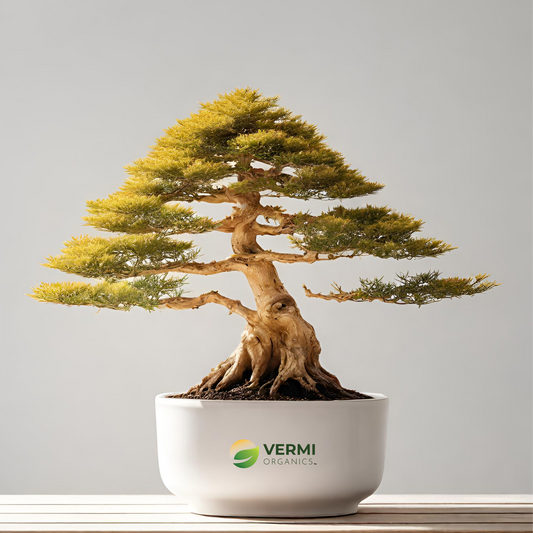
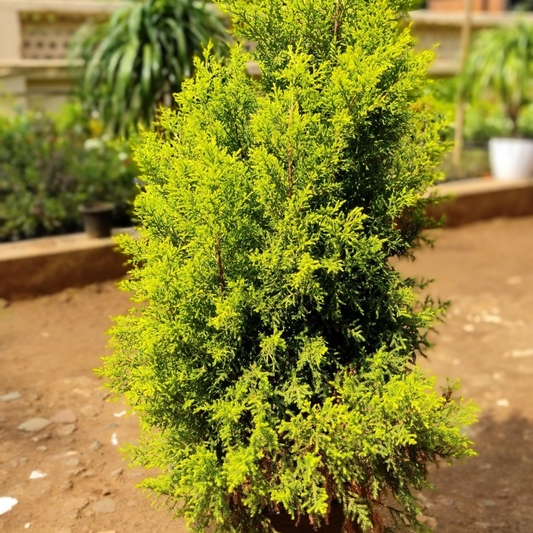 Sold out
Sold outGolden Cypress Bonsai - Plant
Regular price Rs. 899.00Regular priceUnit price / perRs. 999.00Sale price Rs. 899.00Sold out -
Ficus Bonsai Vertical Braided Arrangement - Plant
Regular price Rs. 15,000.00Regular priceUnit price / perRs. 15,500.00Sale price Rs. 15,000.00Sale -
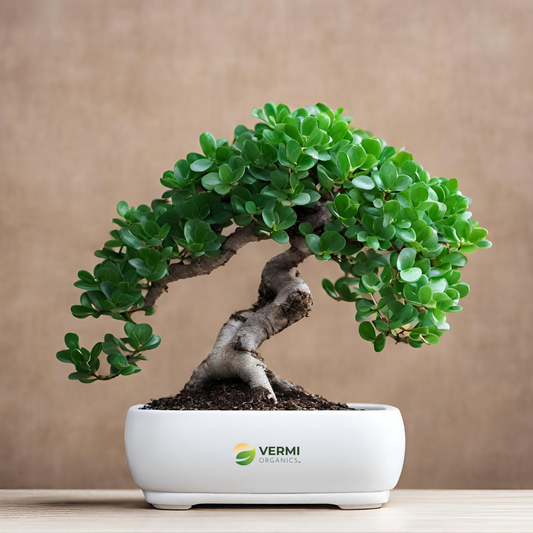 Sold out
Sold outJade Bonsai - Plant
Regular price Rs. 16,000.00Regular priceUnit price / perRs. 16,500.00Sale price Rs. 16,000.00Sold out -
Crassula Princess Pine - Succulent Plant
Regular price Rs. 389.00Regular priceUnit price / perRs. 449.00Sale price Rs. 389.00Sale -
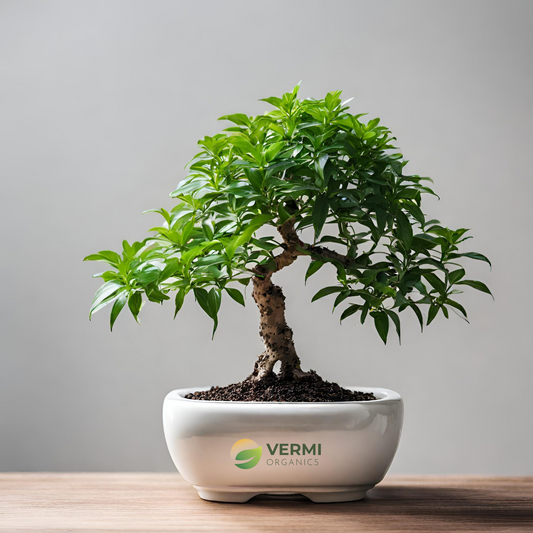
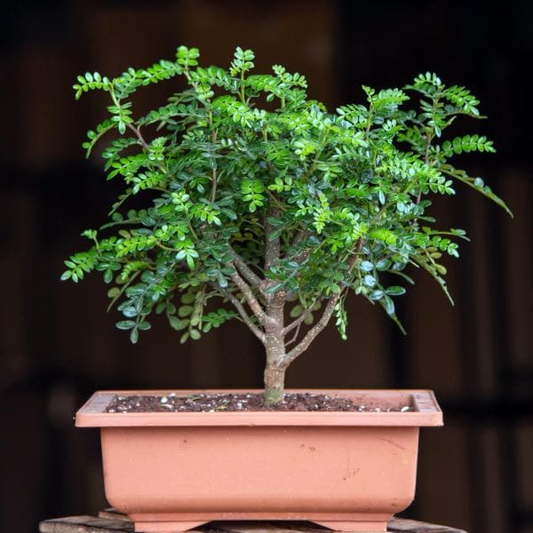 Sold out
Sold outChinese Pepper Bonsai - Plant
Regular price Rs. 499.00Regular priceUnit price / perRs. 599.00Sale price Rs. 499.00Sold out
Bonsai Plants
Bonsai plants are not merely greenery confined to pots; they're living art forms that encapsulate the beauty of nature in miniature. At Vermi Organics, we're devoted to bringing forth an exquisite array of Bonsai Plants that embody both the tranquility of nature and the finesse of artistic craftsmanship.
The Art of Bonsai: Cultivating Serenity in Miniature
Originating from the ancient Chinese art of penjing, later refined by the Japanese into the Bonsai we know today, these miniature trees are more than just plants. Bonsai, which translates to 'tray planting,' involves carefully nurturing trees or shrubs in containers, mimicking the shapes and forms of full-sized trees while maintaining their small stature.
Cultivation and Care
Our collection at Vermi Organics is a testament to the dedication and patience required to cultivate these living works of art. Each Bonsai undergoes meticulous care, from seedling or cutting to the final shaping and training process. Our team of experts employs techniques such as pruning, wiring, and repotting to craft these miniaturized marvels.
Species Variety
Explore our assortment and uncover a diverse spectrum of Bonsai species. From the popular Ficus varieties, including the Ficus Retusa and Ficus Ginseng, to the elegant Junipers and the hardy Chinese Elms, our collection caters to various preferences and environments. Each species embodies unique characteristics, offering enthusiasts a wide array of choices.
Aesthetic Appeal and Symbolism
The allure of Bonsai lies not only in their aesthetic appeal but also in the symbolism they carry. These miniature trees evoke harmony, balance, and the essence of nature within confined spaces. They are representations of age, beauty, and endurance, often embodying the characteristics of ancient, weathered trees found in nature.
The Experience of Cultivating Bonsai
Owning a Bonsai is more than just having a plant; it's a journey that fosters patience, mindfulness, and a deep connection with nature. As caretakers, individuals learn to observe and understand the needs of their plants, fostering a bond that transcends the typical gardener-plant relationship.
Sustainability and Eco-Conscious Practices
At Vermi Organics, sustainability is ingrained in our ethos. We prioritize eco-conscious methods in the cultivation of our Bonsai Plants, ensuring that each plant thrives in a manner that respects and preserves the environment.
Enhancing Spaces and Well-being
Whether adorning a living room, office desk, or outdoor garden, Bonsai Plants bring a sense of tranquility and elegance to any space. Their presence can foster a calm atmosphere, promote relaxation, and even enhance productivity in work environments.
Bonsai as a Reflection of Nature's Diversity
Styles and Forms
The beauty of Bonsai lies in its myriad styles, each representing a unique expression of nature. The formal upright style (Chokkan) portrays trees growing vertically with a straight trunk, while the informal upright style (Moyogi) showcases a more natural, curved form. Other styles include the slanting (Shakan), cascade (Kengai), and semi-cascade (Han-kengai), each capturing nature's diverse growth patterns.
Seasonal Transformations
Witnessing the seasonal changes in a Bonsai's appearance is a testament to nature's dynamic essence. Spring blossoms bring a burst of color, while lush foliage defines summer. Autumn adorns these miniature trees with fiery hues, and winter reveals their raw elegance, often accentuated by delicate branches against snow-covered landscapes.
Artistic Elements: Pottery and Display
Bonsai's allure extends beyond the plant itself to the containers they're housed in. Pottery plays a pivotal role, complementing and enhancing the tree's aesthetics. From traditional earthenware to more contemporary designs, the pot serves as a canvas, harmonizing with the tree's form and style.
Bonsai's Cultural Significance
Beyond being a horticultural practice, Bonsai holds deep cultural significance, especially in Japan. It's regarded as an art form that reflects values such as patience, respect for nature, and the beauty of impermanence. Bonsai often graces ceremonial events and is revered as a symbol of harmony and balance.
The Art and Science of Bonsai Cultivation
Pruning and Shaping
Pruning is the backbone of Bonsai cultivation, allowing for precise shaping and control of the tree's growth. It involves meticulous trimming of branches and roots to maintain the tree's miniature scale while accentuating its natural beauty.
Wiring Techniques
Wiring is a delicate technique employed to guide branches into desired positions without harming the tree. This method allows for the creation of graceful curves and defined shapes, contributing to the tree's overall aesthetic appeal.
Repotting and Soil Composition
Repotting is crucial for maintaining the health and vitality of Bonsai. It's an opportunity to refresh the soil, trim roots, and ensure adequate space for continued growth. The soil composition is carefully chosen to provide essential nutrients while allowing proper drainage—a balance vital for the tree's well-being.
Seasonal Care and Maintenance
Seasonal care varies, ensuring the Bonsai's well-being throughout the year. From adequate watering and fertilization to protecting from extreme temperatures, each season demands specific attention to maintain the tree's health and vitality.
Bonsai: A Journey of Learning and Growth
Community and Learning Resources
Enthusiasts often find solace and guidance within the Bonsai community, where shared experiences, knowledge, and techniques are exchanged. Workshops, forums, and books serve as invaluable resources for beginners and seasoned practitioners alike.
Mindfulness and Well-being
Caring for Bonsai cultivates mindfulness, promoting a sense of calmness and focus. The practice requires patience, observation, and an understanding of the tree's needs, fostering a deeper connection with nature and enhancing mental well-being.
Legacy and Continuity
Bonsai transcends generations, often being passed down as heirlooms. The art of Bonsai is a continuum, where caretakers not only nurture trees but also preserve traditions and values, ensuring the legacy of this ancient art form endures.
Choosing Vermi Organics' Bonsai Experience
At Vermi Organics, our dedication to providing a holistic Bonsai experience extends beyond offering plants. We aim to cultivate a deeper understanding and appreciation for Bonsai, offering guidance, resources, and a diverse selection of plants to suit every enthusiast's journey.
Embracing the Bonsai Journey
Choosing Vermi Organics for your Bonsai needs means embarking on a journey of aesthetic appreciation, patience, and mindful cultivation. Our collection isn't just about owning a plant; it's about embracing a living piece of art that brings harmony and beauty into your life.
FAQ's
What is a Bonsai?
Bonsai refers to the art of cultivating miniature trees or plants in containers, recreating the shapes and forms of full-sized trees in a smaller scale.
How often should I water my Bonsai?
Watering frequency varies based on factors like tree species, season, and climate. Generally, it's best to water when the soil begins to feel slightly dry, ensuring it's neither too soggy nor dry.
What type of soil is best for Bonsai?
Bonsai soil should provide good drainage while retaining moisture. A blend of components like akadama, pumice, and lava rock is often used to create an optimal soil mix.
Do Bonsai trees require sunlight?
Yes, most Bonsai trees thrive in well-lit areas and require adequate sunlight. However, the amount and duration of sunlight vary based on the species.
How do I prune my Bonsai?
Pruning is essential for maintaining the tree's shape and size. Use sharp, clean tools to trim branches or foliage, ensuring to maintain the tree's natural form.
Can I grow a Bonsai indoors?
Some species can thrive indoors, but most Bonsai trees benefit from being outdoors to receive ample sunlight and air circulation.
How do I repot my Bonsai?
Repotting is necessary to refresh soil and trim roots. It's typically done every few years during the tree's dormant period, ensuring a larger pot or better soil.
What is the best Bonsai for beginners?
Species like Ficus or Chinese Elm are often recommended for beginners due to their resilience and forgiving nature in terms of care.
Can I create my own Bonsai from a regular tree?
Yes, it's possible to create a Bonsai from a regular tree by employing techniques such as pruning, wiring, and repotting to shape it into a miniature form.
How long does it take for a Bonsai to grow?
Bonsai growth rate varies depending on the species and care provided. It can take years or even decades to achieve a mature-looking Bonsai.
What tools do I need for Bonsai care?
Basic tools include pruning shears, concave cutters, wire cutters, and a root rake, essential for trimming, shaping, and maintaining your Bonsai.
How do I wire a Bonsai tree?
Wiring involves gently wrapping wire around branches to guide their growth. Carefully position the wire to avoid damaging the tree and remove it once the desired shape is set.
What is the significance of Bonsai in Japanese culture?
Bonsai is highly regarded in Japanese culture, symbolizing harmony, balance, and the beauty of nature. It's an art form that embodies patience and respect for nature.
How do I protect my Bonsai from pests?
Regularly inspect your Bonsai for pests like aphids or scale insects. Use organic pesticides or insecticidal soaps to treat infestations carefully.
Can I train my Bonsai to grow in a specific shape?
Yes, through careful pruning, wiring, and maintenance, you can train your Bonsai to grow in specific shapes or styles.
How do I choose the right Bonsai pot?
Consider the tree's size, style, and aesthetics when choosing a pot. Ensure it has adequate drainage holes and complements the tree's form.
Should I fertilize my Bonsai?
Yes, regular fertilization during the growing season provides essential nutrients for healthy growth. Use specialized Bonsai fertilizers to avoid overfeeding.
How do I know when my Bonsai needs repotting?
Look for signs like slow growth, roots circling the pot, or the soil breaking down. Repot when the tree shows these indications.
Can I trim the roots of my Bonsai?
Yes, root pruning during repotting is crucial for maintaining the health and structure of the Bonsai. Trimming excessive roots promotes new growth.
Can I display my Bonsai outdoors all year round?
Depending on the species and climate, some Bonsai can be displayed outdoors year-round. However, protection from extreme weather conditions may be necessary.
How do I create a Bonsai from seed?
Growing a Bonsai from seed requires patience and specific techniques such as stratification and careful nurturing of the seedlings.
Should I remove flowers from my flowering Bonsai?
It's recommended to remove some flowers to conserve the tree's energy for growth, but allowing a few to bloom can enhance the tree's beauty.
What is the best time for repotting a Bonsai?
Repotting is typically done during the tree's dormant period in early spring or late winter, ensuring it recovers before the growing season.
Can I use any plant as a Bonsai?
While many plants can be cultivated as Bonsai, certain species are more suitable due to their adaptability to miniature cultivation.
How do I choose the right Bonsai for my living space?
Consider factors like available space, lighting conditions, and your commitment to care when selecting a Bonsai that suits your living environment.

